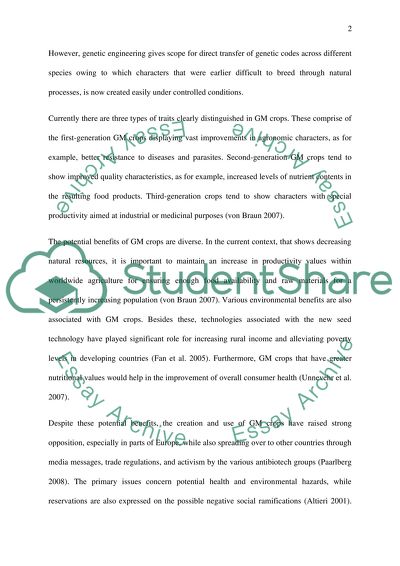Cite this document
(“A literature review of Genetically Modified crops Dissertation”, n.d.)
A literature review of Genetically Modified crops Dissertation. Retrieved from https://studentshare.org/environmental-studies/1403960-case-study-literature-review-paper-topic-can-be
A literature review of Genetically Modified crops Dissertation. Retrieved from https://studentshare.org/environmental-studies/1403960-case-study-literature-review-paper-topic-can-be
(A Literature Review of Genetically Modified Crops Dissertation)
A Literature Review of Genetically Modified Crops Dissertation. https://studentshare.org/environmental-studies/1403960-case-study-literature-review-paper-topic-can-be.
A Literature Review of Genetically Modified Crops Dissertation. https://studentshare.org/environmental-studies/1403960-case-study-literature-review-paper-topic-can-be.
“A Literature Review of Genetically Modified Crops Dissertation”, n.d. https://studentshare.org/environmental-studies/1403960-case-study-literature-review-paper-topic-can-be.


